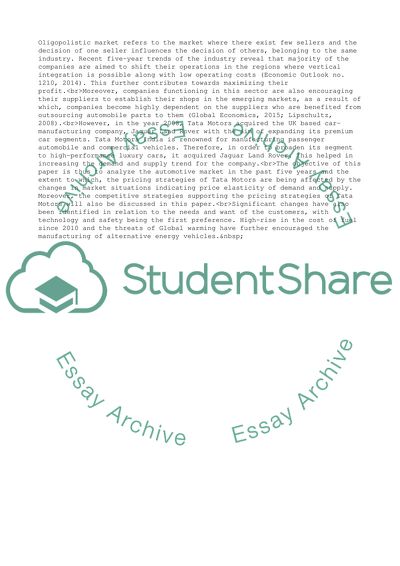Cite this document
(Tata Motors Book Report/Review Example | Topics and Well Written Essays - 1750 words, n.d.)
Tata Motors Book Report/Review Example | Topics and Well Written Essays - 1750 words. Retrieved from https://studentshare.org/business/1861279-tata-motors
Tata Motors Book Report/Review Example | Topics and Well Written Essays - 1750 words. Retrieved from https://studentshare.org/business/1861279-tata-motors
(Tata Motors Book Report/Review Example | Topics and Well Written Essays - 1750 Words)
Tata Motors Book Report/Review Example | Topics and Well Written Essays - 1750 Words. https://studentshare.org/business/1861279-tata-motors.
Tata Motors Book Report/Review Example | Topics and Well Written Essays - 1750 Words. https://studentshare.org/business/1861279-tata-motors.
“Tata Motors Book Report/Review Example | Topics and Well Written Essays - 1750 Words”, n.d. https://studentshare.org/business/1861279-tata-motors.


